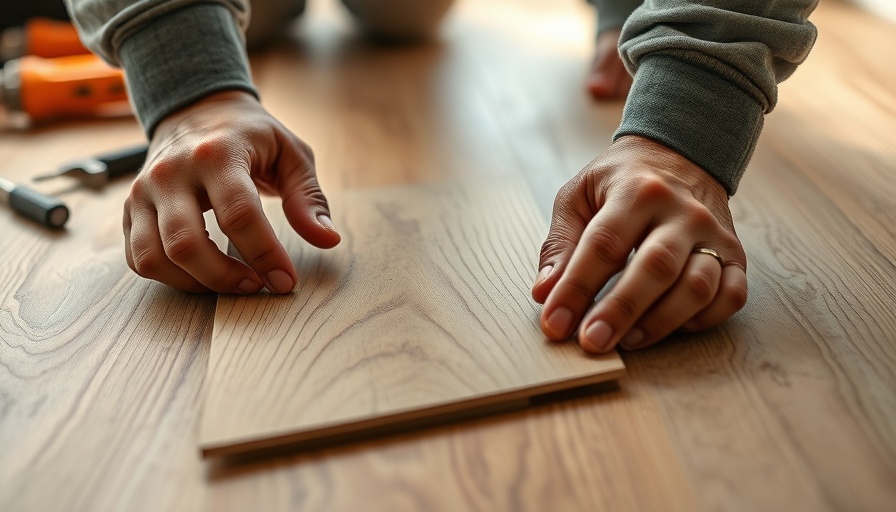
The New Face of Luxury Living Amid Climate Warnings
In an astonishing turn of events, a lavish beachfront estate in Naples, Florida, has just sold for a mesmerizing $225 million, setting a record for the state. This monumental sale not only cements its position as Florida's most expensive home but also highlights a remarkable trend—wealthy buyers appear largely unfazed by the looming threat of climate change. With extreme flood warnings looming, how did this property command such a price?
Understanding the Property's Grandeur
The estate isn't just a single home—it encompasses three luxurious residences spread over 15 versatile acres, showcasing 800 feet of pristine beachfront. At the heart of this real estate gem is an expansive six-bedroom mansion, featuring an impressive 13.5 bathrooms. The price tag for this central property alone exceeded $133 million, while the two additional homes were sold for $46.9 million and $44.9 million, respectively.
What sets this purchase apart is the fact that the buyer purchased the estate at a considerable discount—its original listing price was a staggering $295 million several months ago. Still, the mere act of investing in such a high-risk area leaves many wondering: are luxury buyers ignoring crucial climate data?
Climate Risks: The Elephant in the Room
Realtor.com assigns a climate risk rating of 9 out of 10 to this property, suggesting a remarkable 99.9% chance of flooding within the next 30 years. Flood risks due to rising sea levels, combined with the potential for hurricane-driven storm surges, are formidable challenges. Interestingly, these significant climate threats haven't deterred buyers who see the value in Florida's coast notwithstanding its risks.
The Allure of Coastal Living and Tax Benefits
Florida's no state income tax policy attracts a multitude of wealthy individuals seeking not just homes, but a lifestyle that intertwines luxury with relaxation. Coastal properties have long been coveted, and while climate change poses risks, many buyers rationalize the investment as worth the peril in the name of prestige and opportunity.
Current trends indicate that high-end transactions in Naples are on the rise. Several homes exceeding the $40 million mark were sold just within the past six months, suggesting that the attraction of oceanfront properties remains unshaken by the visible threats posed by climate change.
Adaptation: Rising to Meet the Challenge
It's a common practice for homeowners in regions vulnerable to climate change to take proactive steps toward safeguarding their properties. Some are elevating their homes while others are retrofitting structures to mitigate flood damage. Local initiatives aimed at improving infrastructure, such as raising roads and constructing seawalls, are being developed to shield entire neighborhoods.
In some cases, communities have founded funds to help residents adapt to increasing natural disasters, indicating a collective approach to combatting climate risks.
Conclusion: Navigating Real Estate Choices in Uncertain Times
While moving inland may not be a feasible solution for many, awareness regarding climate data's implications on property investments is on the rise. Tools for assessing climate risk are steadily gaining popularity, particularly in high-risk zones, where home insurance costs are on the rise or, at times, difficult to secure.
Whether considering purchasing a home near the coast or simply improving your existing property, awareness of these issues may guide better decisions. For homeowners, knowing what risks come with owning coastal property can be crucial. Engaging with local resources and community readiness initiatives can empower individuals and neighborhoods alike to create a safer environment.
As we witness the increasing intersection of luxury real estate and climate awareness, discerning homeowners will want to remain informed and prepared in this evolving landscape. For anyone looking to make moves in real estate or even just interested in home improvement projects, understanding these trends may reveal impactful opportunities for you and your community.
 Add Row
Add Row  Add
Add 




Write A Comment